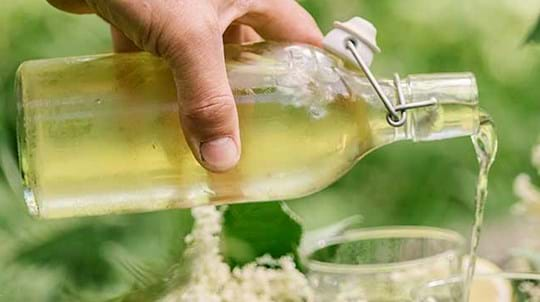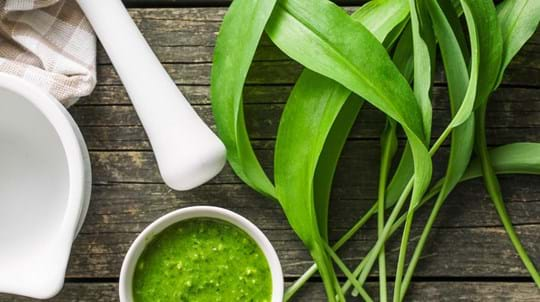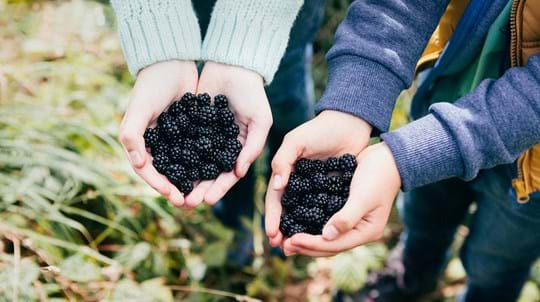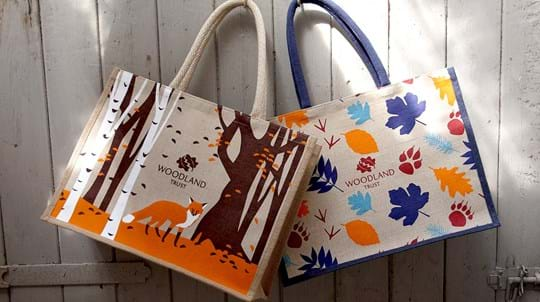Bring spring home
Brighten up your home with our spring collection. Every purchase from our shop funds our vital work to plant and protect trees and woods across the UK.
Visit our shop
Content manager, botanist and tree lover
Welcome in spring and brighten your home with these easy ideas for foraged Easter decorations, from egg-dyeing to eye-catching centrepieces.
Whatever you pick, follow our responsible foraging guidelines.
Take your secateurs, an ID guide and basket or bag for your precious pickings.
Not just for winter, this spring wreath will freshen up your front door. It's super quick and easy to make using wild, natural foraged plants.
Sprays of pussy willow were frequently used to decorate churches at Eastertide.
Brighten up your home with our spring collection. Every purchase from our shop funds our vital work to plant and protect trees and woods across the UK.
Visit our shopA favourite Easter craft with a difference. Try making dyes with wild foraged plants and see what colours you can come up with.
Lay flowers or leaves over the shell and wrap the entire egg tightly in muslin or nylon tights. Secure firmly before submerging eggs in the dye.
Branches make the perfect frame to hang little Easter decorations and fairy lights for a spring-like centrepiece or table decoration.
Ostereierbaum is a centuries-old German tradition of decorating the branches of trees and bushes with eggs at Easter.

Visiting woods
See what's in season with our guide to sustainable foraging with top tips on how to pick, cook and eat wild plants.

Visiting woods
Our favourite foraging recipes using wild harvested plants from the British countryside.

Visiting woods
Gather wild food without harming woods or wildlife. Follow our guidelines.

Shop
Whether you buy gifts, trees or bug hotels, every purchase funds our vital work.
External link